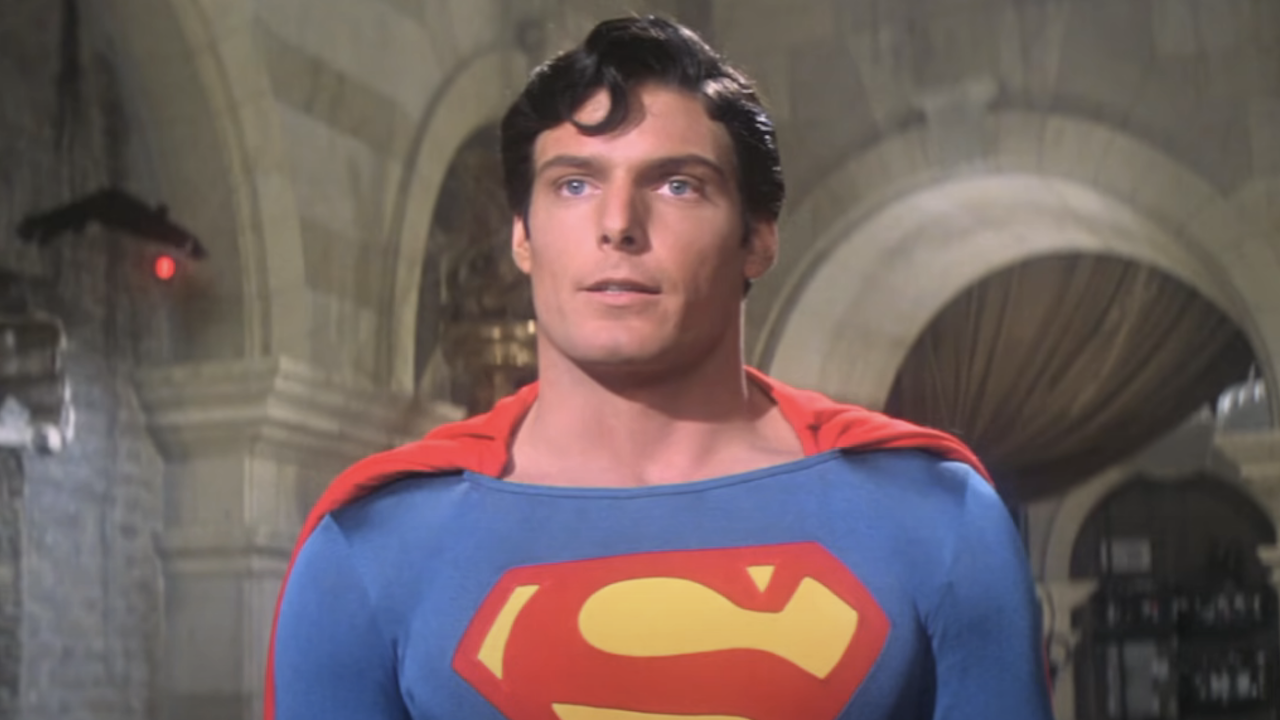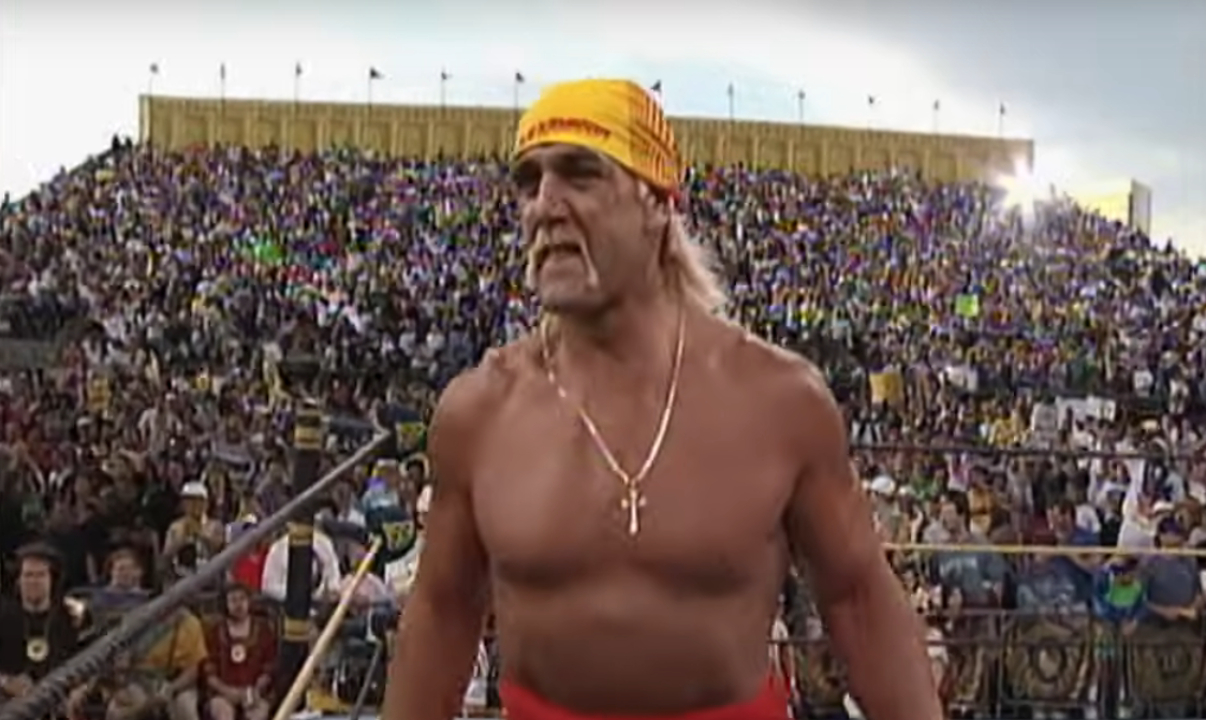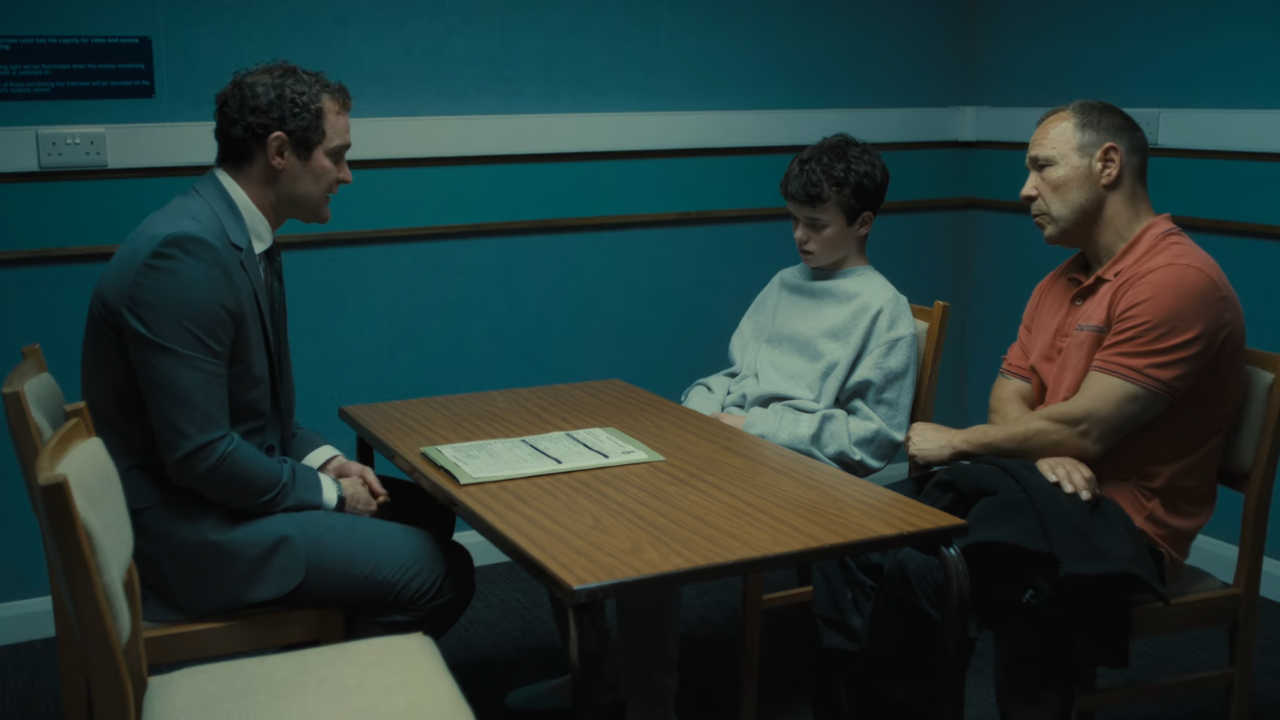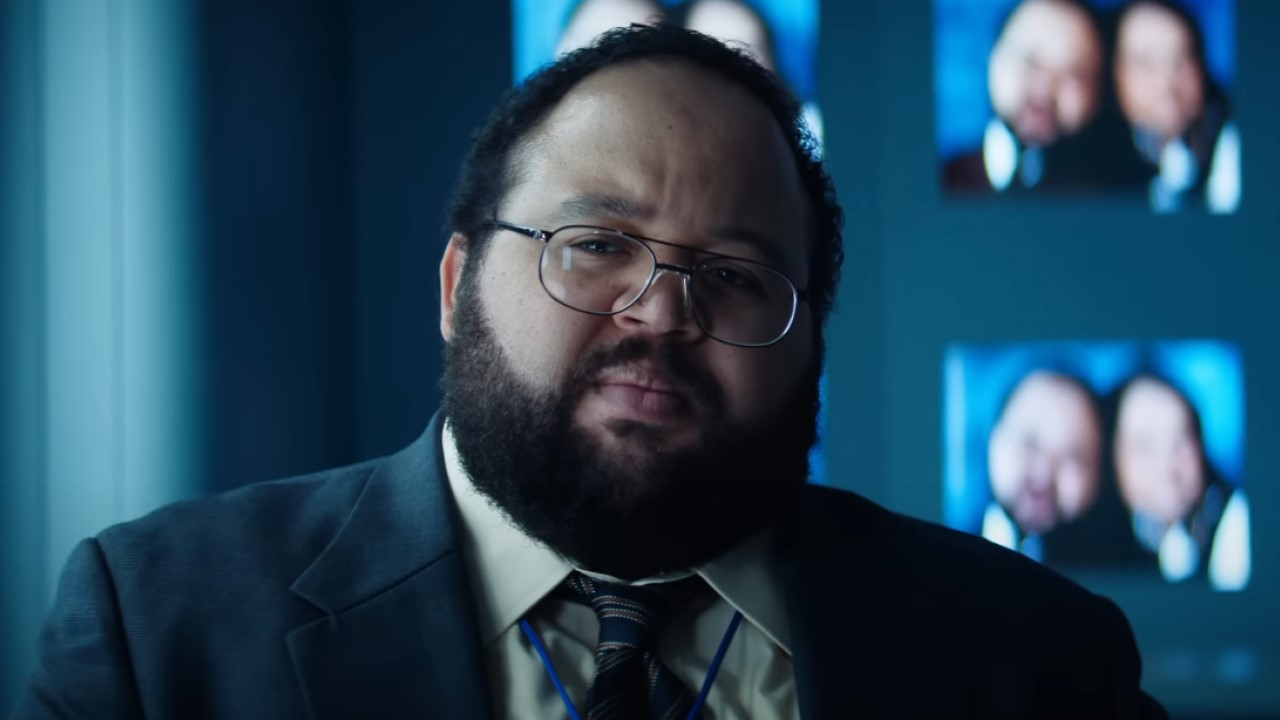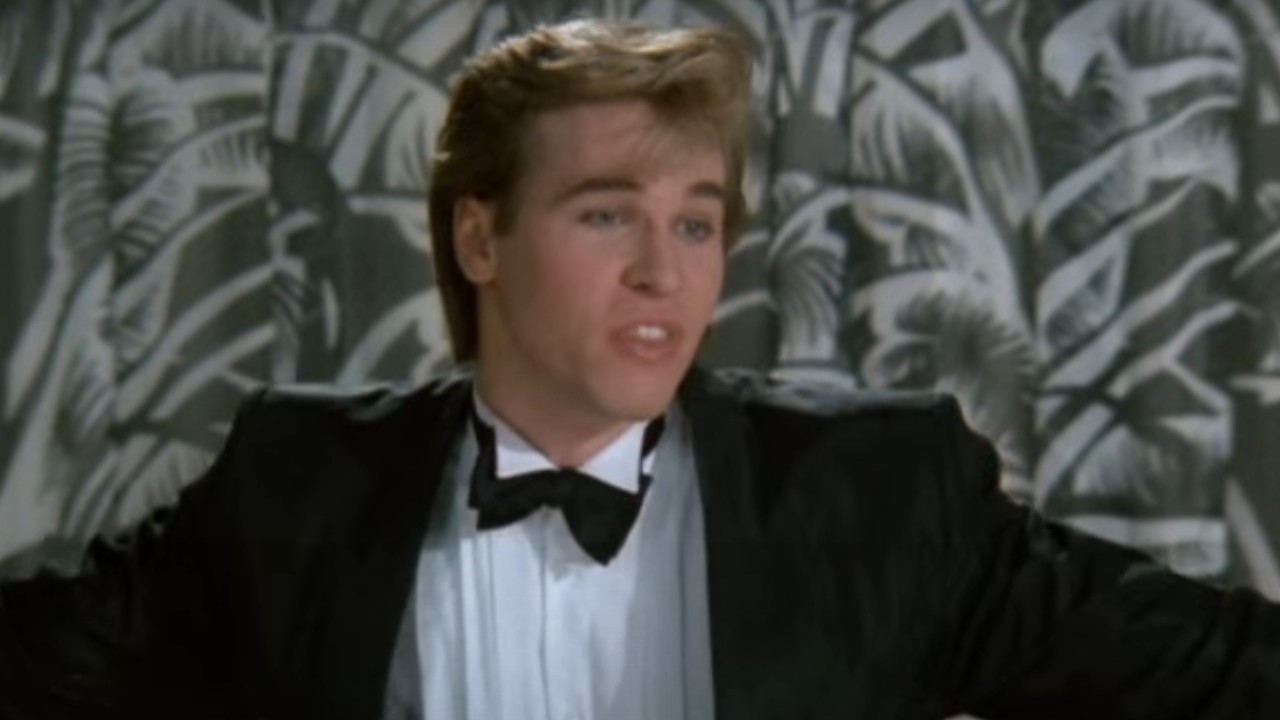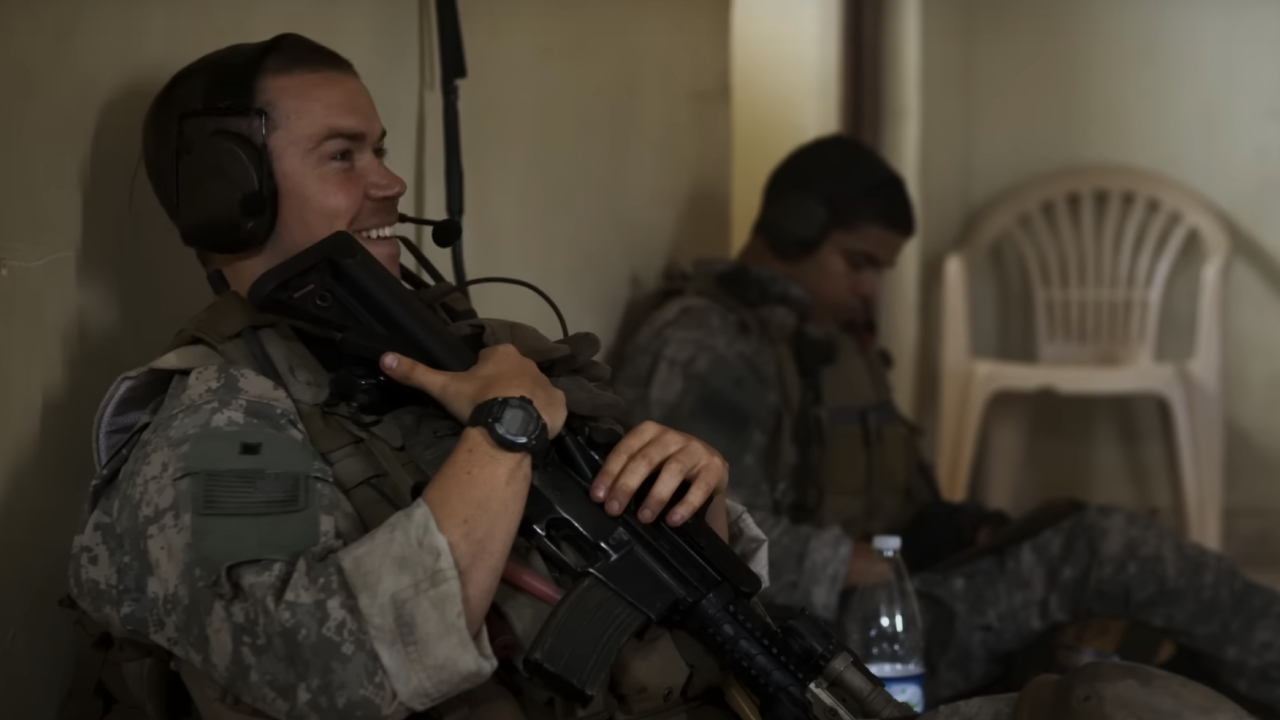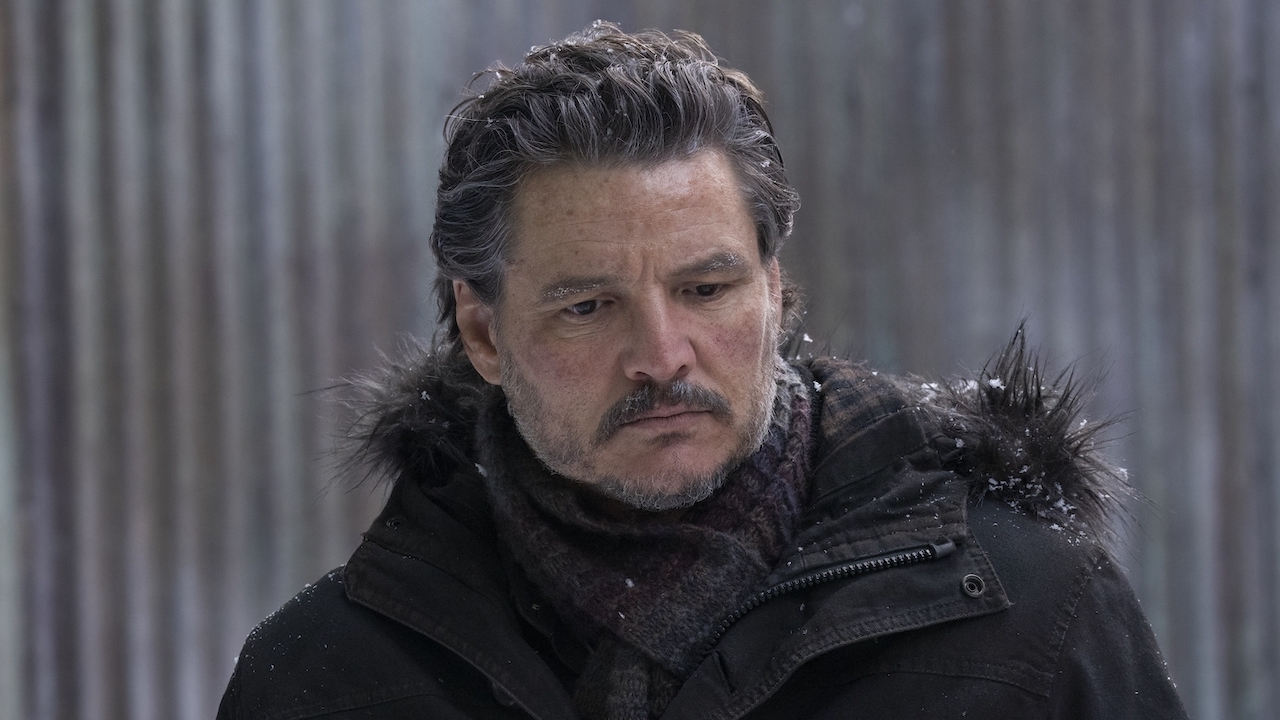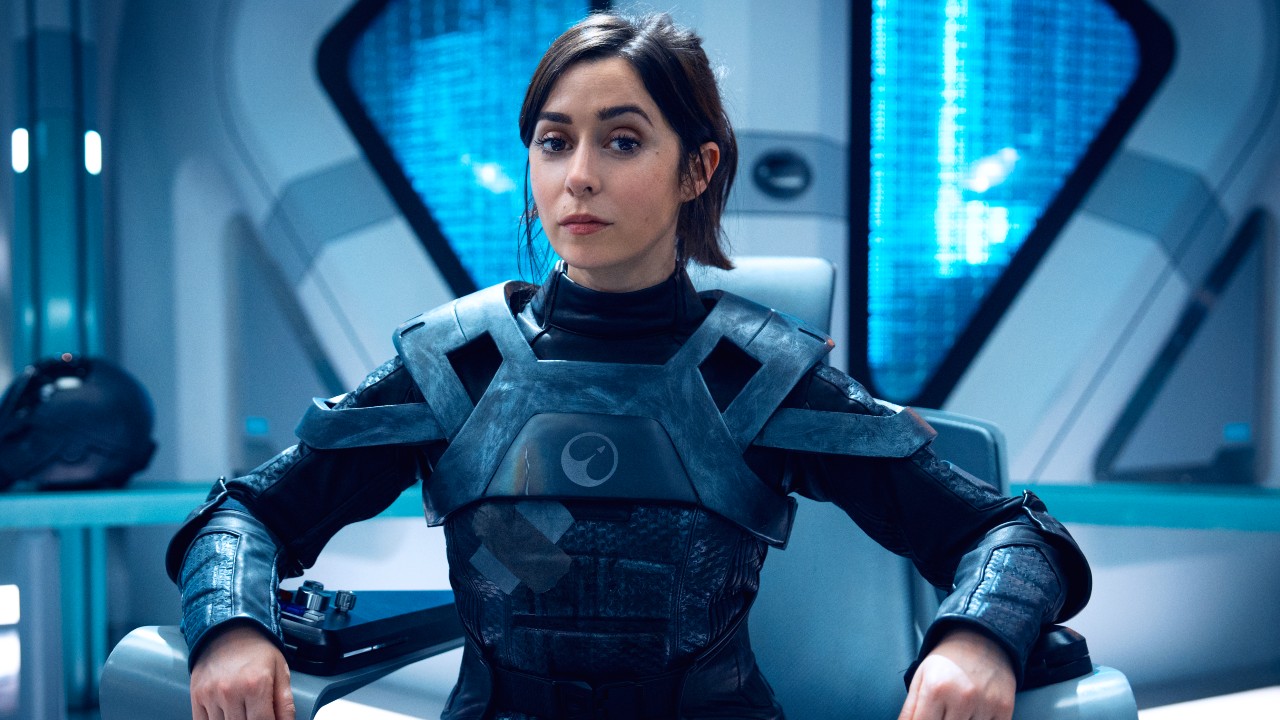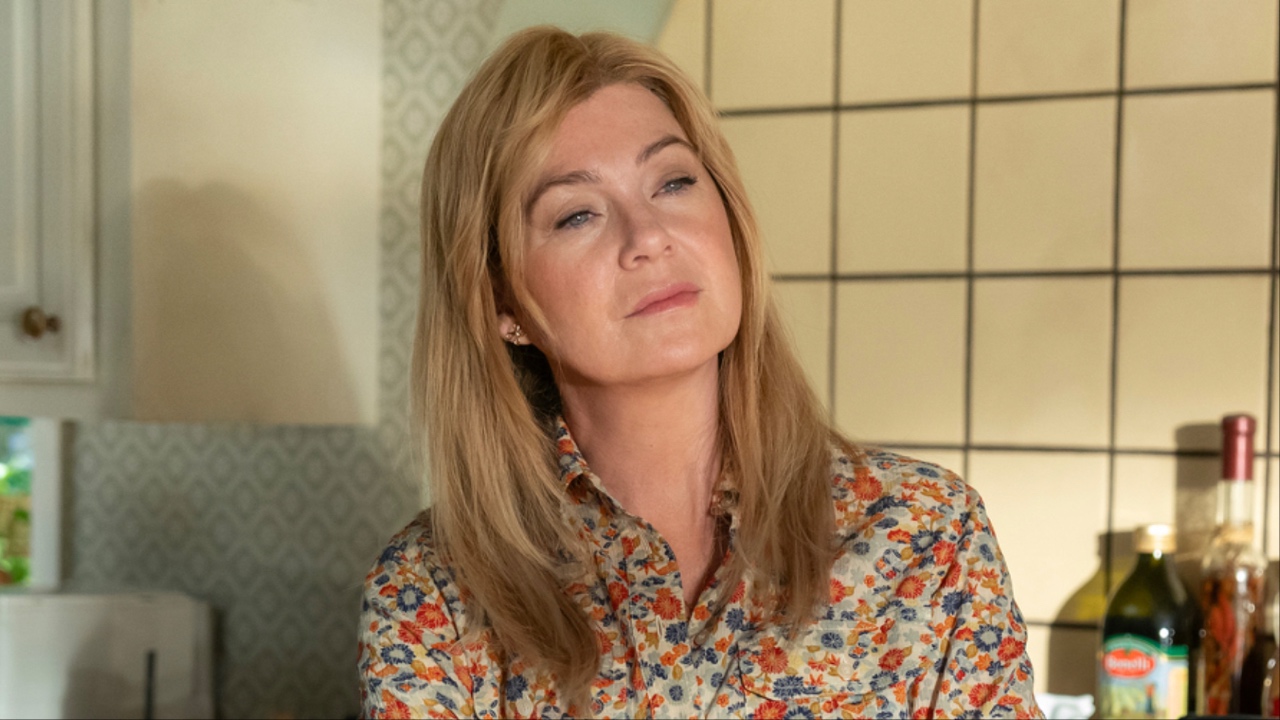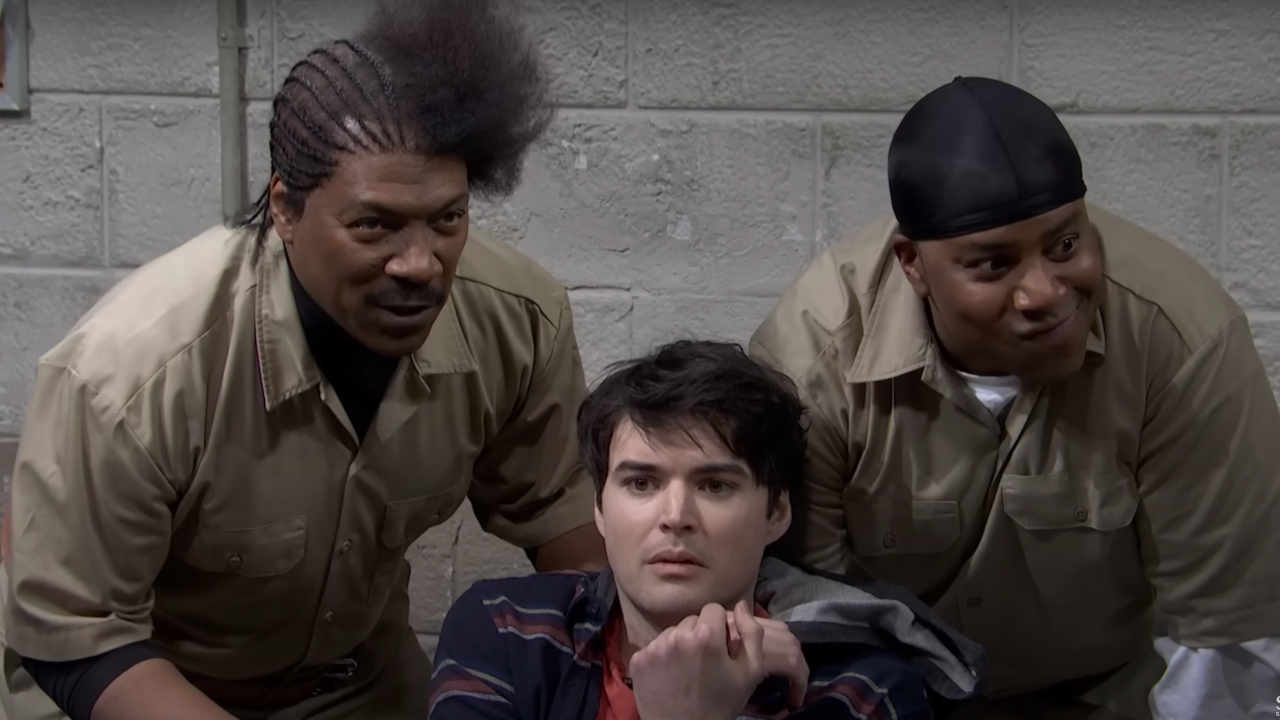Crime Scene: The Texas Killing Fields: 5 Things To Know Before You Watch The Netflix True Crime Docuseries
Before you watch...

Since 2021, the Netflix true crime series Crime Scene has focussed on stories like the 2013 death of Elisa Lam and the series of murders carried out by Richard Cottingham, a.k.a. ‘The Times Square Killer,” with each case being chronicled in multi-part docuseries. Now, Crime Scene: The Texas Killing Fields, the most recent addition to the franchise, turns its attention to a series of mysterious murders deep in the heart of the “Lone Star State.”
If you saw the 2022 Netflix series while browsing through the trending titles but weren’t sure if you want to dedicate time to this gripping true crime story, worry not, because we have a few key details about the docuseries and what you can expect to see throughout its runtime. Here are five things you should know before you watch The Texas Killing Fields.
Crime Scene: The Texas Killing Fields Focuses On An Area Where Dozens Of Bodies Have Been Found Since The 1970s
Just 30 minutes southeast of Houston lies the city of League City, Texas, home to what has been commonly referred to as the Texas Killing Fields for nearly 50 years. Since the early 1970s, the bodies of 30 murder victims have been located in a patch of land no bigger than 25 acres in size. This secluded piece of land, the victims who were found there, and its legacy, are all detailed throughout Crime Scene: The Texas Killing Fields.
The area and its legacy also inspired the 2011 crime thriller, Texas Killing Fields, starring Sam Worthington, Jeffrey Dean Morgan, and Jessica Chastain.
The Docuseries Spends A Great Deal Of Time With The Victims’ Families
Like a lot of true crime crime shows, Crime Scene: The Texas Killing Fields features interviews with a number of journalists and investigators who have spent years, and sometimes decades, of their lives trying to make sense of the phenomenon. On top of all of those interviews, the series also spends a tremendous amount of time with the families of the various victims found in the location over the years, with Tim Miller, who founded Texas EquuSearch after his own daughter’s murder, being a major focus.
There’s an early scene in the series opener where Miller recounts the time he stood in the field and fired a gun multiple times hoping the cops would hear it, only for no one to come.
Crime Scene: The Texas Killing Fields Is Split Into Three Episodes
Crime Scene: The Texas Killing Fields is split into three episodes, ranging anywhere from 47 to 50 minutes in length, meaning it will take you just shy of three hours to complete it if you wanted to binge it all the way through.
CINEMABLEND NEWSLETTER
Your Daily Blend of Entertainment News
Emmy-Winning Documentarian Jessica Dimmock Directs
Jessica Dimmock, who was recognized at the 2020 Emmys for the “Gallagher Effect” episode of the New York Times’ The Weekly, directed all three episodes of Crime Scene: The Killing Fields. Dimmock’s other credits include the 2022 FX series Captive Audience (also streaming through the FX on Hulu brand), Unsolved Mysteries, Home, and Flint Town.
Crime Scene: The Texas Killing Fields Is Rated TV-MA For References To Child Abuse And Sexaul Violence
Crime Scene: The Texas Killing Fields touches on a lot of difficult topics, including child abuse, sexual violence, and vicious murders. That being said, it’s not all that surprising to find out that the docuseries is rated TV-MA. This isn’t something you will want to watch with young kids or the faint of heart.
Crime Scene: The Texas Killing Fields is currently available to anyone with a Netflix subscription.

Philip grew up in Louisiana (not New Orleans) before moving to St. Louis after graduating from Louisiana State University-Shreveport. When he's not writing about movies or television, Philip can be found being chased by his three kids, telling his dogs to stop barking at the mailman, or chatting about professional wrestling to his wife. Writing gigs with school newspapers, multiple daily newspapers, and other varied job experiences led him to this point where he actually gets to write about movies, shows, wrestling, and documentaries (which is a huge win in his eyes). If the stars properly align, he will talk about For Love Of The Game being the best baseball movie of all time.
